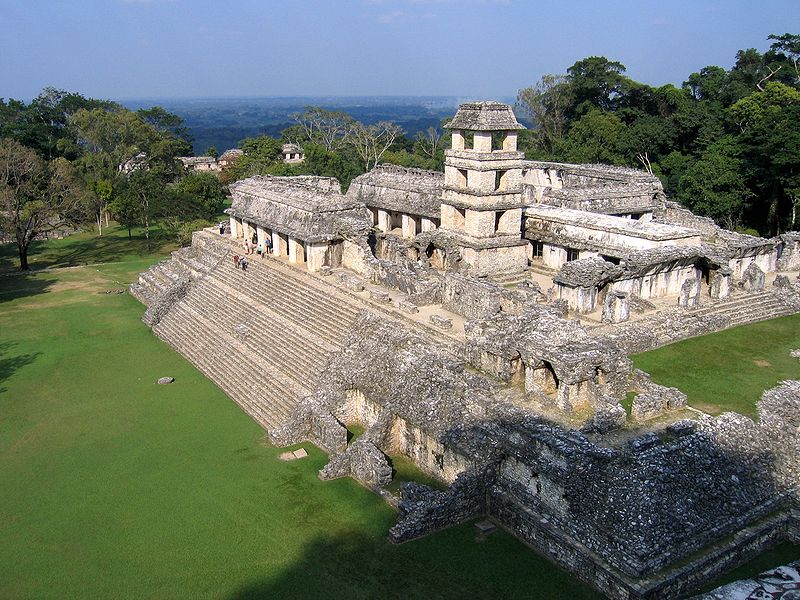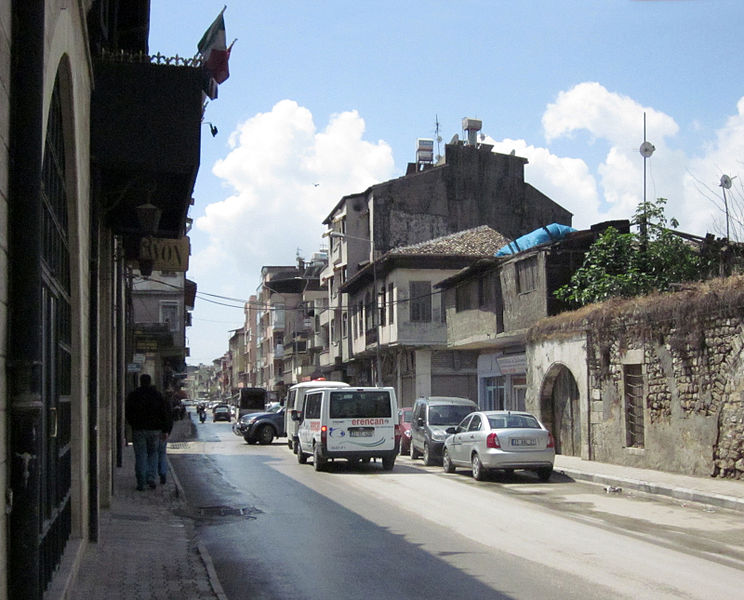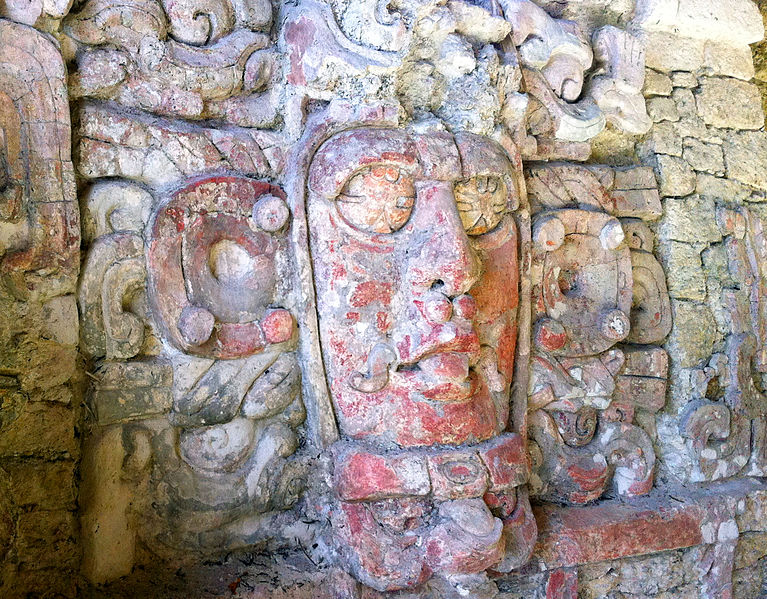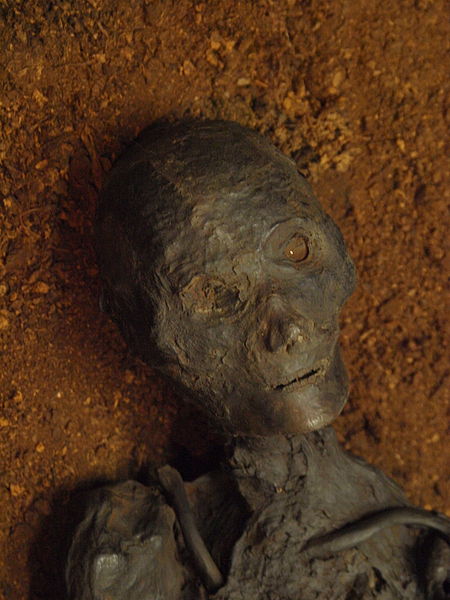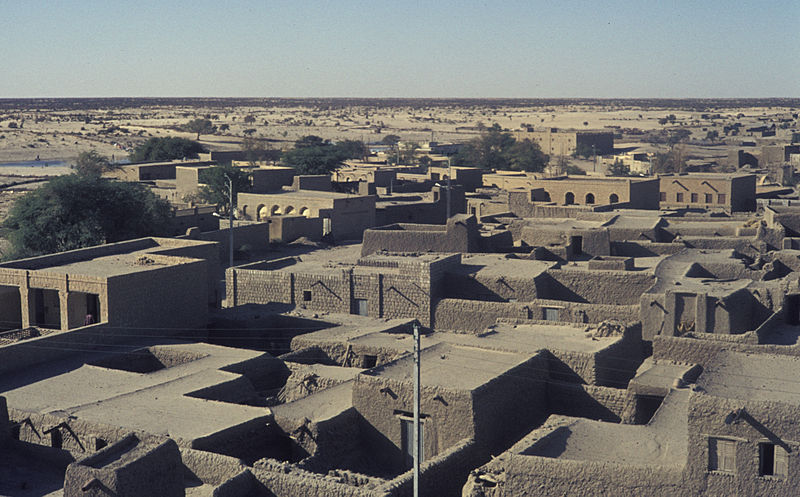Syrian government selling its heritage
As I have said on numerous occasions, antiquity selling on the black market is a huge problem that endangers peoples’ heritage and culture. People often loot sites in order to make a profit when times are chaotic. Some of these people are contract looters, while others are the poor and hungry who see few other options. War is my other pet peeve, resulting in the destruction of some of the greatest pieces of our past as people suppress opposing ideas or these sites get caught in the crossfire. While Syria undergoes its present civil uprising, it has become a free-for-all for both forms of destruction, with President Bashar al-Assad at the root of the problem.
The country of Syria is one of the oldest areas of human occupation and has more history than most places in the world. Now that there is a war, black marketeers are taking advantage by getting good deals on artifacts, selling them to collectors and then buying weapons to sell back to the Syrian government at a premium. The president, instead of following the country’s previous policies of imposing a 15-year prison sentence for those caught looting is now actively organizing digs so that he can find more artifacts to pawn off on the black market.
This has to be one of the first cases that I’ve heard of where the government of a country it literally selling its heritage to buy weapons. Most leaders have a vested interest in preserving their country’s past. Even fascist states look to their past as a means to justify what they do in the present. The Syrian president seems to have interest only in maintaining his limited power at all costs. What’s worse is that each artifact sold and each gun bought extends the conflict even longer, leading to more deaths.
In addition to the wholesale marketing of artifacts, all six of Syria’s World Heritage Sites have been seriously damaged by weapons fire in the last few months. Even should al-Assad make it through this conflict on the winning side, the people of the world will never see him in the same light again, especially those in Syria who happen to learn the truth. When the need for war overtakes the need to know your peoples’ identity, then you have already failed as a leader. The history books will remember al-Assad as one of the worst, for the tyrannical treatment of his people and his blatant disregard for his own culture.


